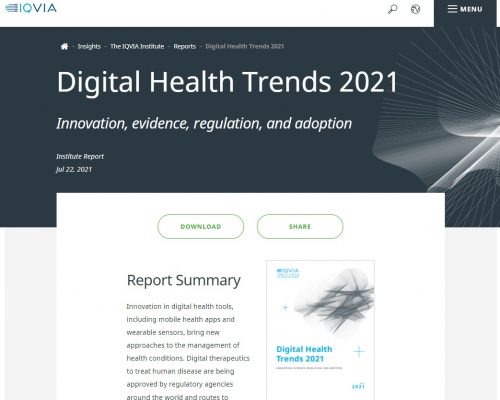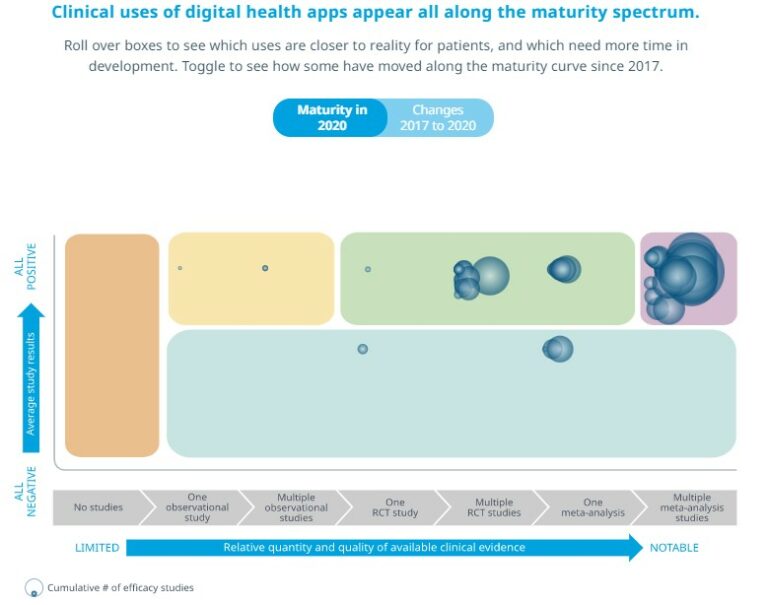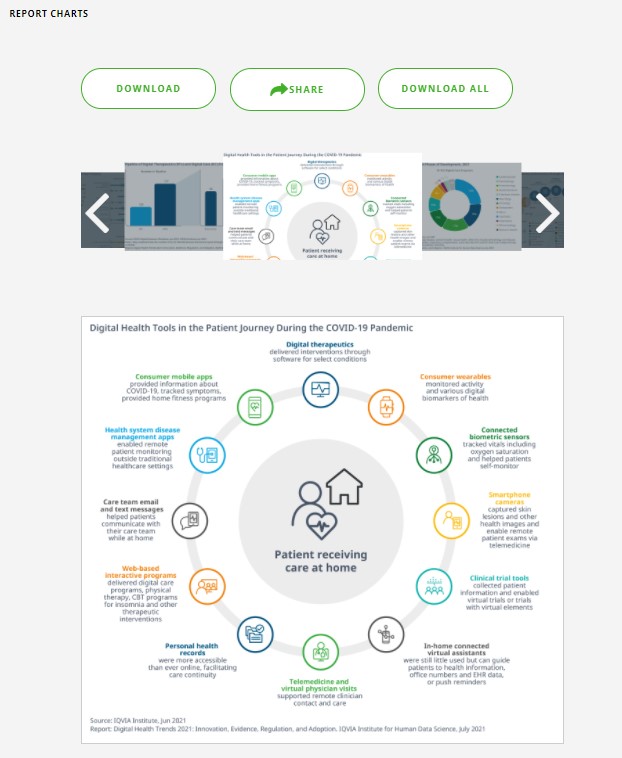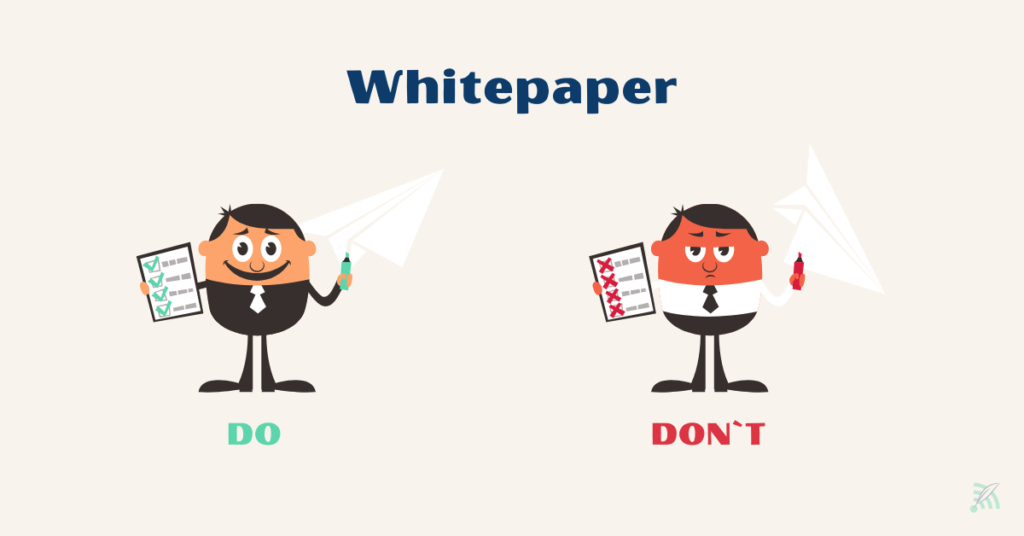White papers continue to be in demand, especially since inbound marketing tactics require strategic content that attracts potential prospects and converts them into customers. The creation and promotion of white papers can be resource-intensive, especially when searching for a high-performing piece of content that meets or beats your lead-generation goal. So, whatever type of white paper you set out to produce, the pressure is on. Here we summarise some tips on what to look for and what mistakes to avoid when creating them. The best part is that we have included an example of a white paper that speaks for itself, so no need to get it all lengthy.
What is a white paper– just a white (piece of) paper?
The definition of the term whitepaper can vary profoundly from industry to industry. According to Wikipedia, a white paper is “a report or guide that informs readers concisely about a complex issue and presents the issuing body’s philosophy on the matter. It is meant to help readers understand an issue, solve a problem, or make a decision”.
Seen with the eyes of a marketer, it is a piece of long-form content or report designed to persuade audiences (e.g. prospective customers, industry partners, media, investors) on a specific product/service or point of view of a specific company or organisation.
In B2B marketing, white papers generate leads, increase audiences, populate email lists, and establish thought leadership. Selected facts, evidence and logical arguments are used to establish a favourable case for the issuing company or organisation sponsoring the document. To sum it up, white papers inform, educate, and share a solution to help readers decide and are not just a piece of “white” paper. They are no longer reserved for B2B marketing but are used in consumer marketing and all areas of inbound marketing.
Stick to a STRATEGY FIRST approach
When brainstorming topics, always have your business objectives in mind; lined up with your sales team’s point of view. Ideally, this input should feed your content marketing strategy and determine the topic and content of your white papers. Easier said than done sometimes. Especially when trying to find that very special and unique hook for your paper (find more on hooks in our article about inbound marketing).
Defining a strategy also means – plan different types of white papers that serve a variety of uses and audiences. Furthermore, depending on your lead generation goals, you can also classify your white papers into
a) high-level white papers on your home page to generate top-of-funnel conversions (attract potential customers) or
b) more detailed papers on your inner pages to generate bottom-of-funnel conversions for prospects advanced in the buyer journey (convince interested customer).
Example Types of White Papers
Without going too much into detail, the following types are commonly found:
- Solution-Based – presents a problem in the company’s industry or organisation, summarises current approaches and offers a new solution clearly stating its benefits.
- Overview – product-based, showcases the features and benefits of the product, provides instructions to a customer on how to use a product.
- Comparison – compares products to assist in decision-making, usually used towards the bottom of the funnel.
- List – similar to a blog post or article, gives a reader tips or examples in a list format, making it an easy read or reference to keep to facilitate their work.
- Technical Case Study – customer’s success story that demonstrates reaching a goal as a result of the offered solution
White paper writing – optimal lengths
General rules of good writing (and even story-telling) apply when writing long-format content such as white papers.
– No need to repeat – what you can find elsewhere, for instance, from Hubspot here, which looks into optimal length, structure, format and style and gives precious tips on how to write a white paper.
However,… on the topic of optimal length, we disagree. We think – shorter is more effective. It is better to offer several 7- to max 12-pagers than one with 15 – 30 pages or more. For us, the optimal length (of course, it always depends on its purpose or industry) is about 2000 to max 5000 words. Big healthcare players often issue larger reports, we still think – less is more powerful, especially as the way we consume information has changed drastically in the last few years.
We have condensed our tips, based on our own humble experience, into a DO and DON’T for you to consider:
Some DO’s when writing and promoting white papers
DO’s when writing white papers
- Plan carefully and create a brief/outline.
- Establish your case based on well-researched facts and arguments relevant to the services you provide.
- Professionally write and design your white paper to represent your company/organisation.
- Create a catchy and engaging title/headline.
- Break down your topics into small sections of information that can be easily digested and remembered.
- Please keep it simple and avoid jargon and tech-speak.
- Prioritise important information. Use design elements like layout, placement, colour, font size, page order to emphasise vital pieces of information.
- Add attractive visualisations.
- Think brand.
- Add an “About Your Company” section to the end.
- Include copyright and your contact information in the footer of every page.

DO’s when promoting white papers
- Promote your white paper as often as possible.
- Use CTAs on your blog posts and social media posts. Use pop-ups and promo buttons on your website to drive traffic to your white paper download page.
- Use a landing page and require prospects to provide some information, usually their contact information, via a short form before making the document download possible.
Final DON’Ts with white papers
As all DO’s could be potential DON’Ts, here are just some – more general points – to consider.

- Don’t overwhelm your readers and staff your paper, it will only dilute the message. Don’t include everything you know; concentrate on the main message and support it with well-researched facts and a unique offering or point of view.
- Don’t dwell on the past or repeat what is already known. Focus on how the future looks like / could look when your products/services are used.
- Don’t use your white paper as a sales brochure. Provide an argumentation/solution on one topic. Add the “about you” section to the end to highlight your value propositions.
Seems a lot? Check out the next example to get a feel how a good white paper looks like and, how promotion via a professionally designed and enticing landing page is executed to perfection.
White paper – Best practice example
The white paper we have picked to demonstrate best practices in promotion was issued from IQVA Institute for Human Data Science, Austria in 2021: “Digital Health Trends 2021”.
When you head to the landing page you see, that it does not only contain a clickable image of the report and a short contact form like usual landing pages do.

Report Summary – Source: Screenshot https://www.iqvia.com/insights/the-iqvia-institute/reports/digital-health-trends-2021
It provides:
- a summary of the report
- key findings in list form, supported by an attractive visualisation,
- an interactive element, and
- all key figures and charts of the report in portfolio style, scrollable and most importantly – for download.
All that, to tackle the reader’s appetite and convince them that it is worth providing personal details to get to that report. What a great journey!

Interactive Element – Source: Screenshot https://www.iqvia.com/insights/the-iqvia-institute/reports/digital-health-trends-2021

All figures to see, share and download – Source: Screenshot https://www.iqvia.com/insights/the-iqvia-institute/reports/digital-health-trends-2021
There is not much more to say or praise. Lead generation is executed to perfection.
Do it better!
Content marketing in the early days was an execution-only discipline. The one that created and published a long-form content piece on an interesting subject first won the audience’s attention. However, today everyone is doing content marketing and knows how it works. With competition fiercer than ever, content and white papers that don’t stand out (and are not properly promoted) will sink into the sea of mediocrity.
When developing white papers – give everything (pack value) and put your secrets on display, be bold and convincing without holding anything back. Show prospects what they’ll get using examples of how you really change things up for them. Moreover, show them whilst promoting what they’ll get when they download the document.
As a bonus for those who read until here … request your 30 minutes free consultation on your white paper design by dropping us a line here.
By the way, if you are not sure whether to write a whitepaper or white paper – read on here why separating the words wins.
_______________________________________
PS – Do you realise that we could have converted this article into an enticing white paper BUT decided to share it without asking anything in return. :o)




